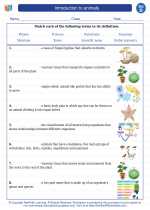Lubricants
A lubricant is a substance that is used to reduce friction between surfaces in contact with each other. It can be a solid, liquid, or gas and is commonly used in machinery, engines, and other mechanical systems to prevent wear and tear.
Types of Lubricants
There are various types of lubricants, including:
- Fluid lubricants: These are liquids such as oil or grease that are used to reduce friction between moving parts.
- Solid lubricants: These are materials like graphite or molybdenum disulfide that are used as a coating on surfaces to reduce friction and wear.
- Dry lubricants: These are substances like silicone or Teflon that reduce friction without the need for a liquid or grease.
Functions of Lubricants
The primary functions of lubricants are:
- Reducing friction: Lubricants help to minimize the resistance between moving surfaces, thus reducing wear and heat generation.
- Preventing wear and tear: By reducing friction, lubricants help to protect the surfaces of machinery and equipment from excessive wear.
- Cooling: Lubricants can also help to dissipate heat generated by friction, thus preventing overheating of the equipment.
- Sealing: Some lubricants also act as sealants, preventing the entry of contaminants or the escape of fluids.
Importance of Lubricants
Lubricants play a crucial role in maintaining the efficiency and longevity of machinery and mechanical systems. Without proper lubrication, components can wear out quickly, leading to increased maintenance and repair costs.
Study Guide
Here are some key points to remember about lubricants:
- Define lubricant and explain its purpose.
- Identify and describe different types of lubricants.
- Discuss the functions of lubricants in machinery and mechanical systems.
- Explain the importance of proper lubrication for equipment maintenance.
Understanding the role of lubricants and their application in various systems is essential for anyone working with machinery and mechanical equipment.
.◂Science Worksheets and Study Guides Fourth Grade. Introduction to animals

 Worksheet/Answer key
Worksheet/Answer key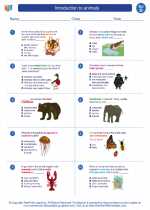
 Worksheet/Answer key
Worksheet/Answer key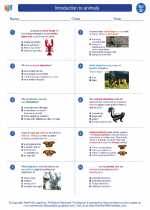
 Worksheet/Answer key
Worksheet/Answer key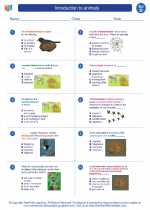
 Vocabulary/Answer key
Vocabulary/Answer key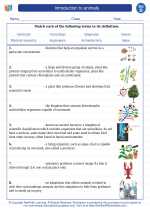
 Vocabulary/Answer key
Vocabulary/Answer key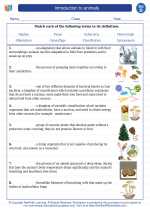
 Vocabulary/Answer key
Vocabulary/Answer key
 Vocabulary/Answer key
Vocabulary/Answer key